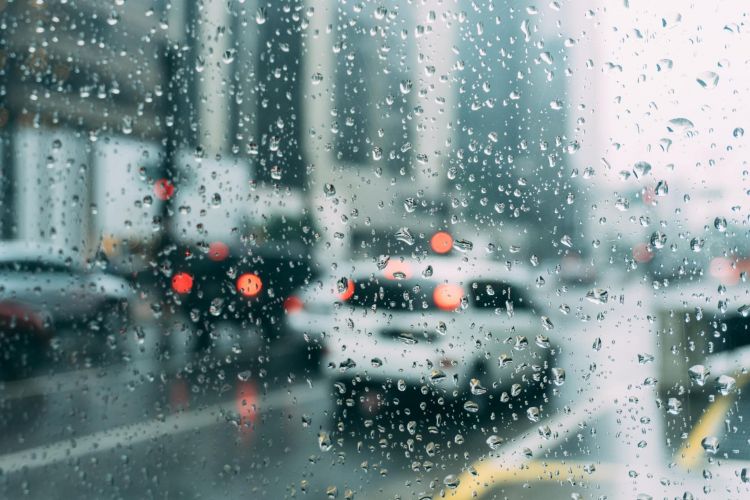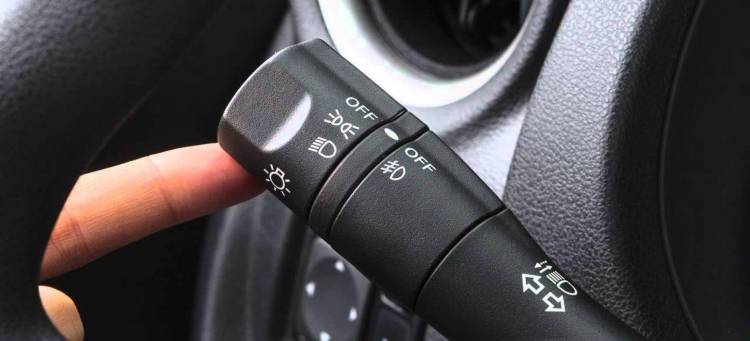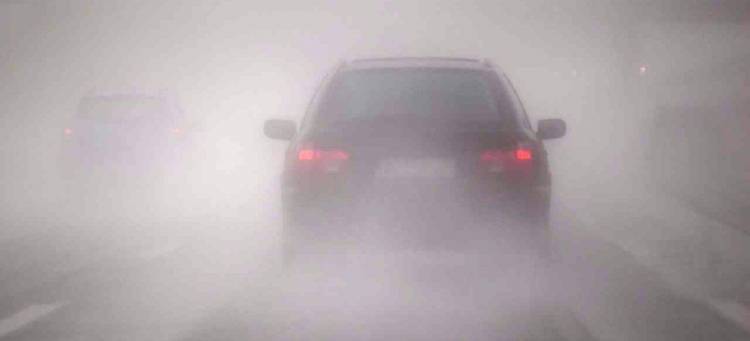The winter is just around the corner, and during these weeks, in much of the country it has been raining in an important way. The rain has also been accompanied by snowfall in some parts of Spain, even light, and also more or less persistent fog. These are challenging conditions for the fluidity of traffic and demand more from us as drivers, which could jeopardize our safety. And in my travels I have come to the conclusion that we don’t know how to use this item in bad weatherand this is going to cost us more trouble.
When there is bad weather, we have several resources at our disposal. Seeing and being seen is the main objective, and that is why it is recommended and even mandatory to use the dipped lighting of our vehicle. However, when the fog makes an appearance, it is where the situation becomes complicated. Some cars do not have front fog lights, but all have a rear fog light. This rear light is mandatory, and in fact, its absence or malfunction results in an unfavorable ITV.
The rear fog light should NEVER come on at the first hint of fog.
But we have not come to talk about the poor condition of this light or the ITV, we have come to talk about the widespread misuse of the rear fog lamp. It is really frustrating to see how only a small fraction of drivers know how to use the system correctly. The regulations in force specify that the rear fog lamps can only be used in “extremely unfavorable” visibility conditionsciting as examples “very thick fog, very heavy rain, heavy snow, or dense clouds of dust or smoke.”
Beyond the regulations, the DGT has clarified that very thick fog is one that prevents us from seeing four cars away – that is, a visibility less than 25 meters. The theory is very clear, but when it comes to practice, problems arise. It is all too common to see how many drivers, at the first hint of light fog, turn on all their fog lights of your car. This behavior is incorrect, and harms, rather than benefits, the rest of the drivers who share the road with them.
Rear fog lights can be very dazzling to other drivers.
The rear fog lights are very bright as they are designed to work properly in extreme low visibility conditions. When the lack of visibility is light, or non-existent – there are those who connect them with hundreds of meters of visibility – all they are achieving is dazzle other drivers. The regulation of the fog lights is active, that is, it must be constantly monitored by the driver, and it depends on the road conditions. It is not worth turning them on, and forgetting about them.
If the fog stops being extremely thick, and becomes light, we must disconnect them. If we travel in a caravan or have vehicles at a short distanceWe have to disconnect it. And above all, when the thick fog or torrential rain has disappeared, we must disconnect them. I’m tired of seeing vehicles that have passed through foggy areas tens of kilometers ago continue with the rear fog lights on. The bursts of long beams or the orange warning on their instrumentation do not seem to make them fall into their error.
Misuse of the rear fog annoys other drivers and can cost you 200 euros.
This is an excellent time to remember that misuse of car lighting devices leads to a serious penalty of 200 euros, although without loss of driving license points. Remember: you are not alone on the road. Be a civic driver.



